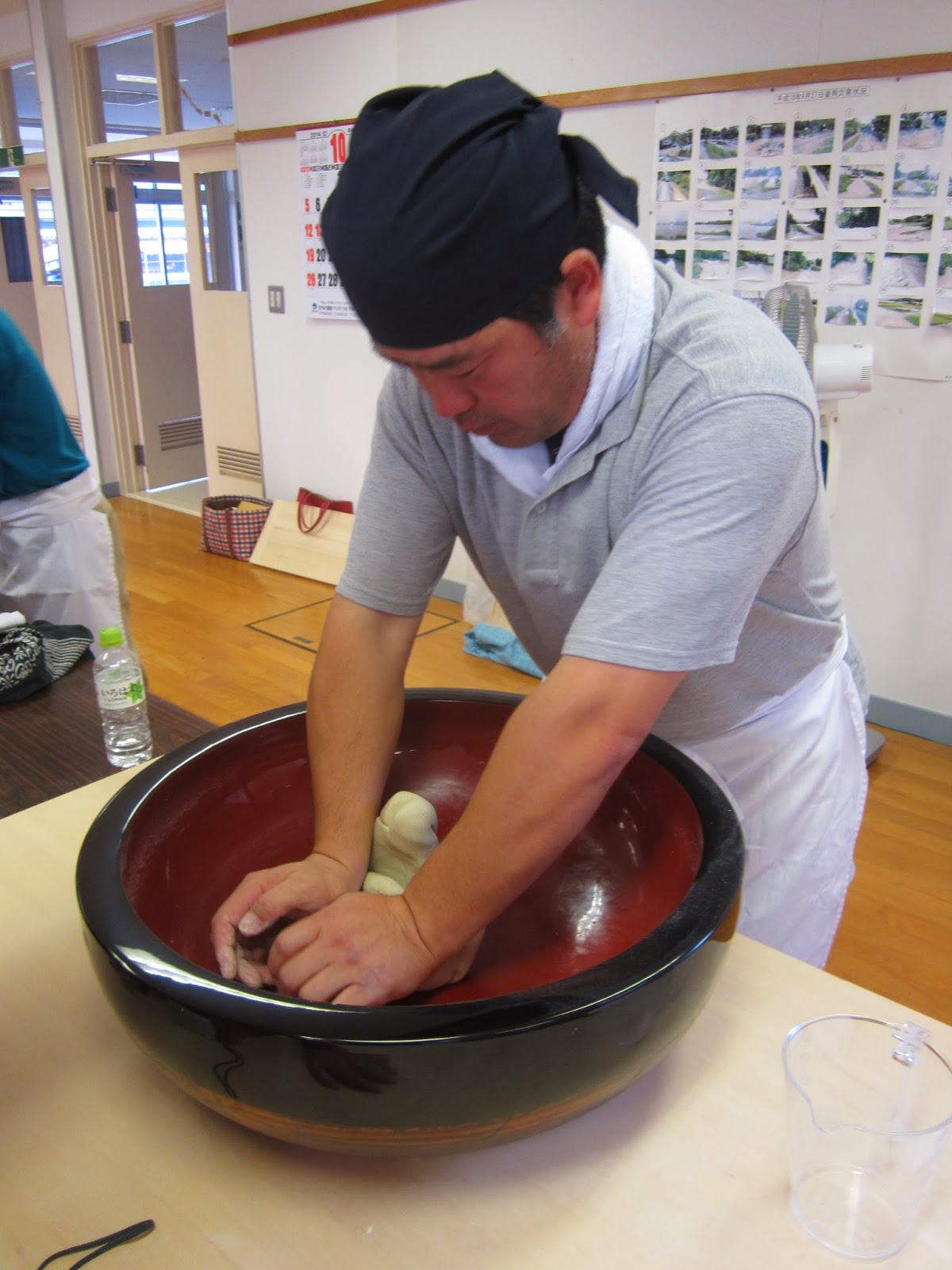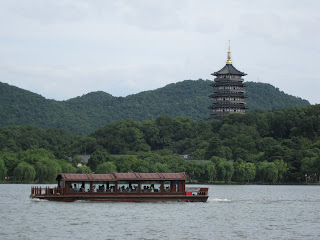A single word, such as interview, can have different
connotations. The fieldwork guides suggest that the word interview (インタビュー, intaabyuu or 面接 mensetsu) might
bring rigid and formal image to mind for many Japanese. If one wants
unstructured theme interview spiced up with informal chatting, one should use
the word お話 (ohanashi,
talk, chat, conversation).
I have spent here few months already and tried
first to familiarize myself to the situation of the town, chatted informally
and at the same time make myself useful by trying to help in different activities.
Moving on fully from this sort of hang-around-ask-stupid-questions-researcher's
role to credible hey-let's-do-an-interview-researcher's role has not been
completely straightforward.
 |
| Illumination at Kodaira, Yamamoto. Me and my husband participated in peparations. |
Asking for ohanashi
has worked quite well here. However, it is quite possible that the interviewee
is expecting only a brief chat in case of ohanashi
or, in contrast, strictly structured questions if participating to interview.
In worst-case scenario, asking for any kind of chat is intrusive and scares
the person away. For instance, there is this one professor from Tsukuba
university coming to Yamamoto and doing a rather similar research than I am. He
has officially looking interview request and interviews are made by either
students or the professor himself. He might get more interviewees faster and
more efficiently (being a professor and native in Japanese language is a
benefit…) and I admit getting rather depressed as he got more contacts in five minutes than I did in five months - literally. However, I want to get to know my interviewees and their context first and learn what they are doing first and later apply relevant questions in formal interveiws. Despite of this, in order to get potential interviewees to understand that I really
want an Interview, might require some
formality. So, there is a kind of trade-off between formality and having tea
and chatting -type of interview and I still have to learn define the best
balance - and make sure that the person to be interviewed also shares that
understanding. Well, this is a learning process after all. In this process, I
need to learn to take more straightforward role.
Then there is the language. The Japanese, I
mean - boy, these Japanese here are fluent in Japanese! Despite the fact that I
have some what limited language skills and that I absolutely hate hearing my
voice on record, I have found that I nowadays I can bear easier 1vs.1
interviews than social gatherings, events etc. The latter can be quite
overwhelming and include lots of repetition of how Finland is full of Muumins
and it is always cold. Gatherings are nice, but I might have used this year's
reserve of socialization. Sorry friends, do not expect lot from me when I get
home.
Then there are some practical challenges. Setting
a time and place for ohanashi has
been a bit challenging. Not so many elderly use e-mail and a short phone call
with my prepaid-keitai can cost up to 10€. I know, this is why I get money for
research, but it is still unreasonable. Everyone is always busy and asking time
for meeting in events has not proven to be successful method. Furthermore and
ironically, as I am interested in place research, I do not have good place for
interviews. Those who are willing to invite me to their home, are okay, but for
others I have limited selection of places. I have not yet figured a sustainable solution for this problem.
 |
| Sometimes you have to be prepared for unexpected. I encountered this imperial guy in one of volunteer networking meetings in Yamamoto. Got also a selfie with him. |
I have a bad tendency to speak about problems -
or challenges, as they should be called, I heard - but there have been good
times as well. Gradually, the amount of the conducted interviews is growing and
I have heard interesting insights about local reconstruction. The next prob...
challenge is transcribing all my recordings.






















